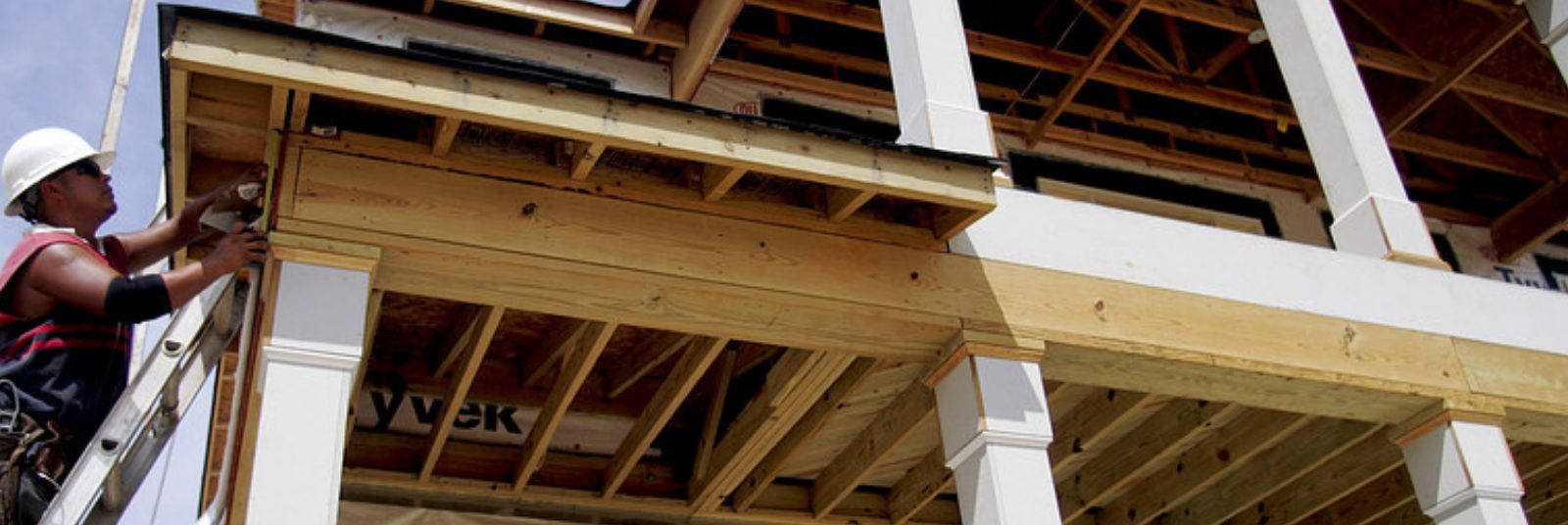
One of NHC’s most powerful research tools is Paycheck to Paycheck, which compares housing costs across the country with the wages of the workers who keep our communities functioning. Paycheck to Paycheck puts a human face on our nation’s housing supply crisis while informing our policy work with valuable data. This data enables our members and other stakeholders to advocate for zoning reforms and affordable housing production using data sets directly relevant to their communities. We know from user feedback that Paycheck to Paycheck data has a powerful impact on local elected officials. It also makes a persuasive case for Members of Congress on how the housing affordability crisis impacts their constituents.
In our most recent update of Paycheck to Paycheck, which goes live today, we have expanded the number of metropolitan areas and occupations we cover. We have increased the number of metropolitan areas in our database by more than 100, providing a more representative picture of the housing challenges facing Americans. And we increased the number of occupations in our database, again by more than 100, allowing users a more granular view of who among us can afford housing and who can’t.
In conjunction with this update, we will also released a report highlighting affordability challenges for one group of workers that has received particular attention over the last several months: infrastructure workers. The Infrastructure Investment and Jobs Act puts these workers front and center. According to an analysis by S&P Global, the infrastructure bill could add more than 880,000 jobs by 2030. But if the people working these jobs can’t afford to live where they’re needed, existing workers won’t work on these projects. NHC performed additional analysis for 15 occupations whose labor will see increased demand under the Infrastructure Investment and Jobs Act, including highway maintenance workers, plumbers, bus drivers, and loggers.
Our analysis paints a bleak picture of the housing options available to these workers. There are many metropolitan areas in which even renting is unaffordable, despite being cheaper on average than owning a home. Worse, homeownership is unattainable in most metropolitan areas for workers in all but one of the occupations we analyzed, the relatively well-compensated electrical power-line repairers. Our visualization tool for this expanded dataset is now live on our website, so you can see for yourself how affordable housing is for everyone, from a welder in Wichita to an accountant in Albuquerque.
Fortunately, there are ways we can make housing more accessible for these workers. NHC’s top priorities for the Budget Reconciliation bill being debated in Congress include the Neighborhood Homes Investment Act, the Affordable Housing Credit Improvement Act, $50 billion for the Down Payment Towards Equity Act, $35 billion in supplemental funding for the HOME program, $10 billion for the Housing Investment Fund, $12 billion in supplemental funding for the Capital Magnet Fund, $10 billion for the Community Revitalization Fund, and $5 billion for the Inclusionary Zoning Incentive Program. Together, these investments will significantly reduce the affordable housing shortage while contributing to closing the homeownership gap for people of color.
We have a historic opportunity to address our growing need for affordable housing, while leveraging the opportunity to rebuild America’s aging infrastructure. These priorities are not mutually exclusive. They are linked by the ultimate “human capital” – our fellow Americans who will build it all.

